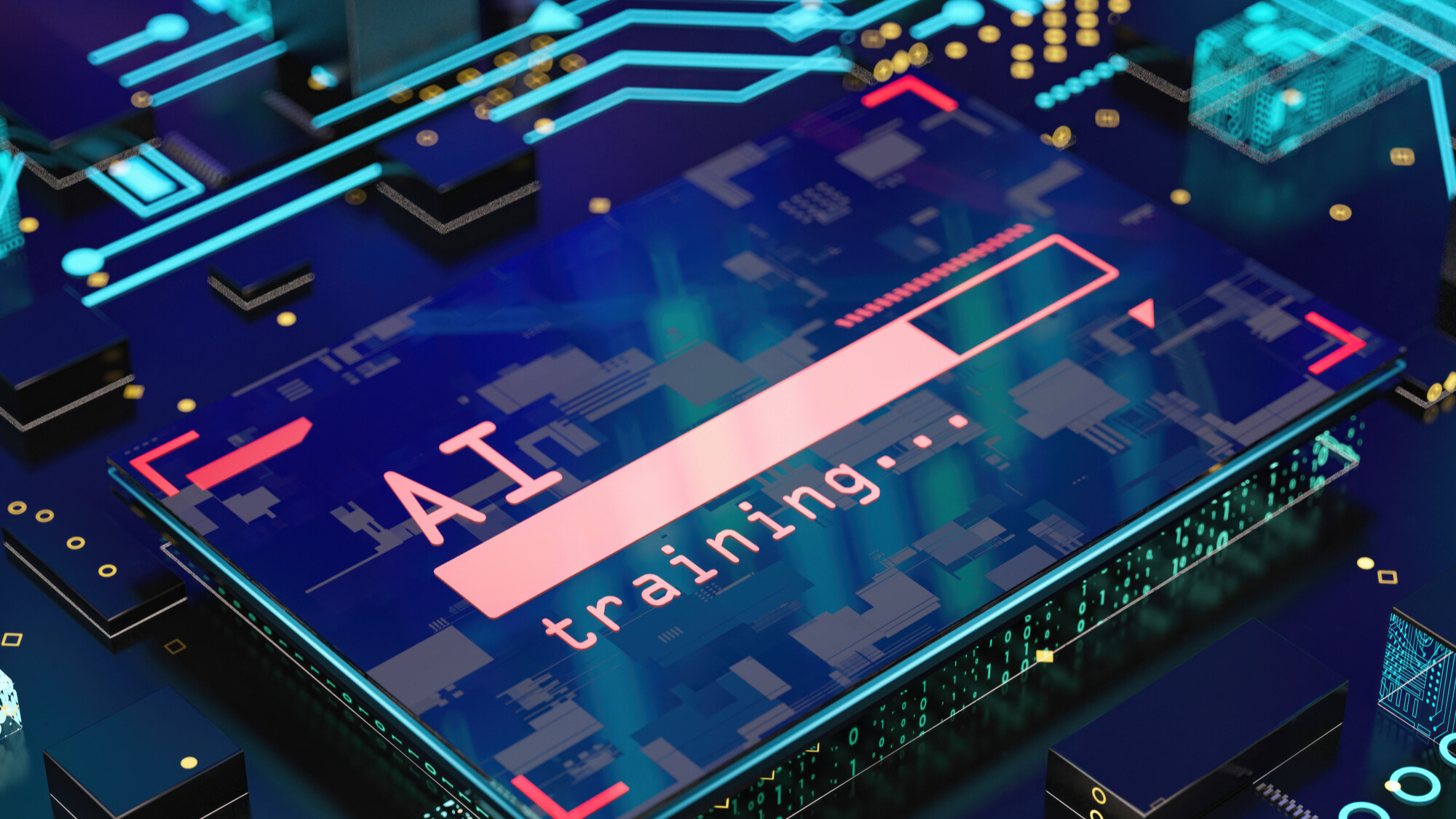
Researchers from the University of Sulaimani in Iraq tested whether Artificial Intelligence (AI) could help predict how long dental procedures take. Their study, published in Nature on Aug. 23, suggests that AI could reduce delays and improve patients’ overall experience.
What did the study find?
AI was trained on 2,500 procedure records. Another 500 records were used to test accuracy.
A key takeaway:
“A study concluded that the AI prediction results were encouraging regarding effective time management; specialized knowledge is required, but the results are promising,” the researchers concluded.
Why is AI training important for dental clinics?
Efficient patient flow management is a challenge in both public and private clinics. By predicting how long procedures take, AI could help clinics reduce bottlenecks and improve scheduling.
Related: AI shows promise in detecting early childhood cavities, study finds
How were patients included or excluded?
Step 1: Initial screening checked eligibility and applied inclusion and exclusion criteria.
Patients included if:
- Age 18 or older
- Undergoing common dental procedures
- Provided informed consent
Patients excluded if:
- Records were incomplete
- Cases were urgent
- Procedures were rare or highly complex
Step 2: Preprocessing cleaned and prepared the eligible records.
Step 3: Final dataset included 2,500 records to train the model and 500 records to test it.
Related: University of Texas researchers training AI to predict dental composite performance
What did the computational performance show?
- Model training speed: 120–450 milliseconds per procedure, depending on sample size
- Prediction latency:
- Less than 15 ms for dedicated models
- Less than 2 ms for lookup-table predictions
- Memory footprint: Less than 45 MB for 10,000 records
What statistical tests were used?
Researchers tested whether the actual and predicted times followed a normal distribution.
Shapiro-Wilk test: Both actual and predicted durations had p-values greater than 0.001, showing a significant deviation from normality. As a result, non-parametric analysis was used.
(The Shapiro-Wilk test is a powerful statistical test used to determine if a given data set comes from a normally distributed population.)
What does this mean for dental professionals?
AI can predict treatment durations with high speed and low memory use. Safeguards ensure predictions stay within clinically realistic limits. Statistical testing supports the validity of results, even though times did not follow a normal distribution.
The most important insight: AI-based workflow regulation tools may soon help clinics schedule more efficiently, reduce delays and improve patient experience.
What do the researchers recommend?
“Future research should assess the economic benefit of applying this method, including possible cost savings from increased efficiency, fewer delays, and better resource usage,” the researchers wrote.
Related: Reshaping Dental Care with Artificial Intelligence
Listen: Episode 2: Integrating Technology and Training Staff











